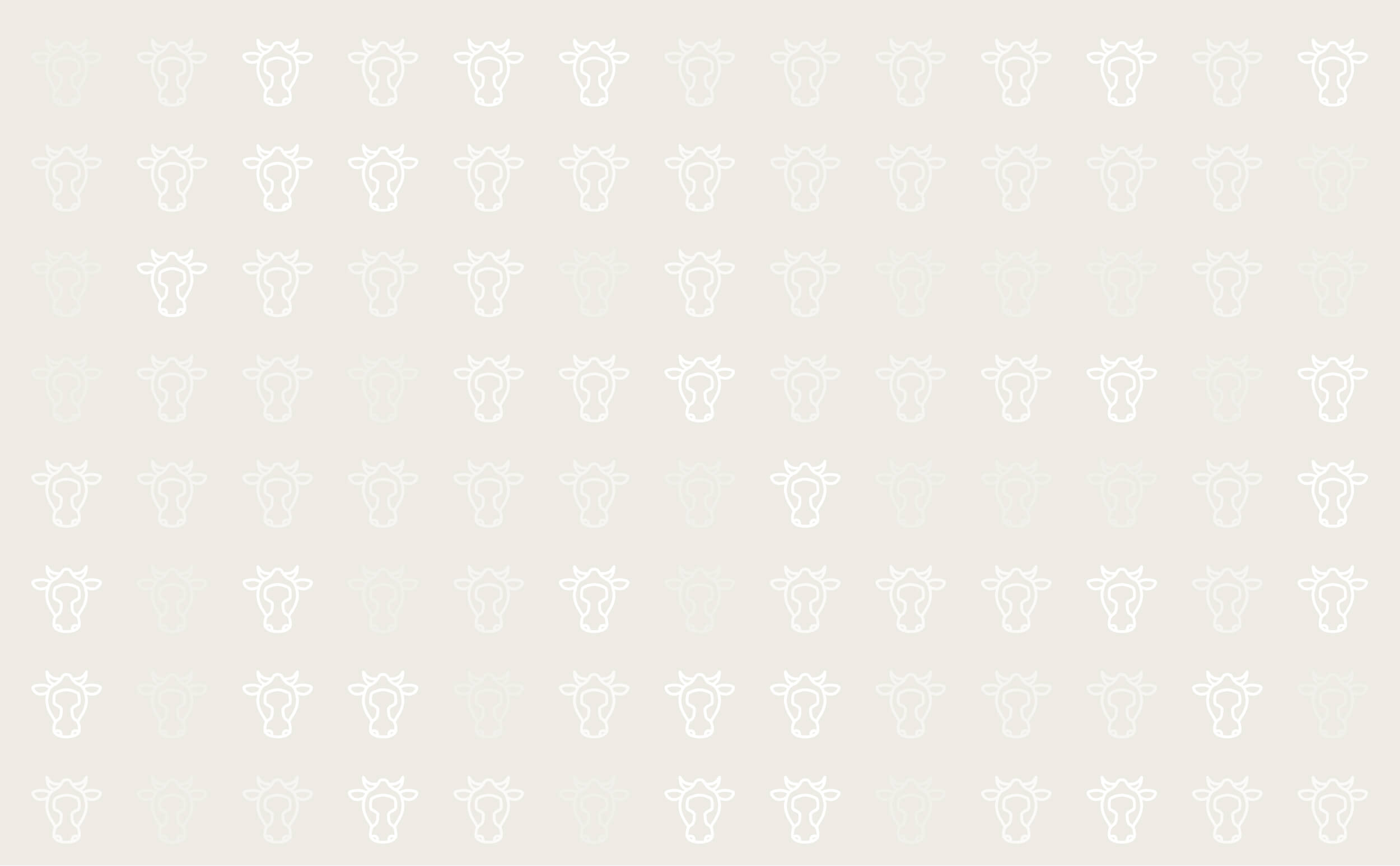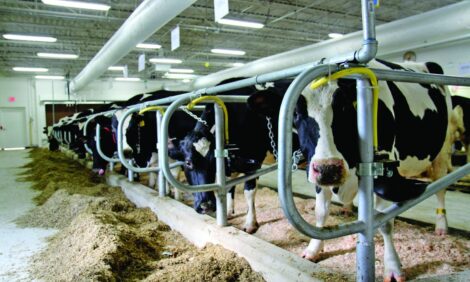



Stockpiled Pasture Provides Winter Grazing
Mid-August is time to get pastures in shape for growing winter stockpile grass.Justin Sexten, University of Missouri beef nutritionist, will be telling why, as well as how, at the Greenley Research Centre field day, Tuesday, August 9.
Three tours will be repeated all morning at the farm just east of Novelty. A tour on drainage and sub-irrigation will be held after lunch.
"There is a window, starting August 15, when grass should be grazed down or mown of all growth before applying nitrogen fertilizer," Mr Sexten says. "Get the fertiliser applied before the September rains."
After days of "I-can't-breathe-heat," many herd owners may not be thinking about growing fall pasture, Mr Sexten admits.
Stockpiled fall-grown grass fed in the winter can cut hay feeding.
Winter pasture does two things, Mr Sexten said. It cuts the cost of winter feeding. High-quality forage not only reduces need for hay, but also for grain supplement. The grass will be high in protein and total digestible nutrients for the herd ration.
The first step is to determine how much pasture to stockpile. That requires an inventory of available feed.
"Stockpiling need not be all or nothing," Mr Sexten said. "Strip grazing of grass can be used to supplement the winter hay supply."
With delayed spring haying on most farms, there will be lots of hay that needs a supplement. Mr Sexten will work the math so producers can decide what they can afford to grow.
Adding 50 pounds of nitrogen per acre can produce 1,000 pounds of forage. Out-of-pocket expense will be about $30 per acre.
"That makes the forage cost about $60 per ton of dry matter," Mr Sexten says. "Compare that with alternative winter feed."
Mr Sexten cautions producers to compare the quality stockpile grass with high-quality hay, not common hay.
Fertile northern Missouri soils, such as at MU Greenley Centre, are good for growing stockpile. Grazing stockpile is most efficient when strip grazed with a moveable electric fence.
Applying fertility in August prepares pastures for the first fall rains in September. Every day of early growth produces more forage than a day later in the season when sunlight dims and temperatures drop.
Mr Sexten will tell of a new programme using rising-plate meters and grazing-wedge software to determine available forage in pasture paddocks. The method is used by dairy producers who change paddocks at least once a day. Mr Sexten teaches beef producers on demonstration farms to use the wedge.
Grazing wedges can be seen on the MU Plant Sciences website: http://grazingbeef.missouri.edu.
Beef producers in Mr Sexten's study are more likely to use the grazing wedge for a monthly "snapshot" of their pastures than a weekly inventory.
"Dairy producers who see the results every day in the bulk tank take inventories weekly," Mr Sexten adds.
Other stops on the beef tour include a look at heat stress in cattle by Zac Erwin, regional livestock specialist, Monticello.
Dr Craig Payne, MU Extension veterinarian, Columbia, will tell of new laws restricting hauling bulls because of a trichomoniasis outbreak.
The other two morning tours will cover crop and pest management.
The day starts with a new feature, says Randall Smoot, superintendent. A breakfast will be served at 7 am sponsored by Missouri Corn Growers. The traditional free lunch will be served after the wagon tours.
The Greenley Centre is a part of the Missouri Agricultural Experiment Station in the MU College of Agriculture, Food and Natural Resources, Columbia.
For the field day programme, go to the Greenley website at http://aes.missouri.edu/greenley/ or call Smoot at 660-739-4410.



